I am once again focusing my energy on the New High New Low (NH/NL) data as it is historically the most accurate indicator in the market. No indicator is as valuable as this tool. What I have done today is charted the 10-d/30-d MA Diff to show you a major crossover that occurred in March 2009. The exact date of the crossover was March 18, 2009; the NASDAQ is actually up more than 26% since that day. Not a bad trading strategy but I will admit it’s not one that comes around often. The second and third charts show the NH/NL differential and the NH/NL 10-d ma diff.
As I said in the post NH NL Picks Market Tops and Bottoms:
Consistent Nasdaq readings above 100-200+ will be the official confirmation to grab and add shares for trend traders!
That’s what I am looking for! Until that happens, a “true” up-trend is not sustainable. The up and down whipsawing of the past several month is what we can continue to expect until we see consistent readings in the triple digits.



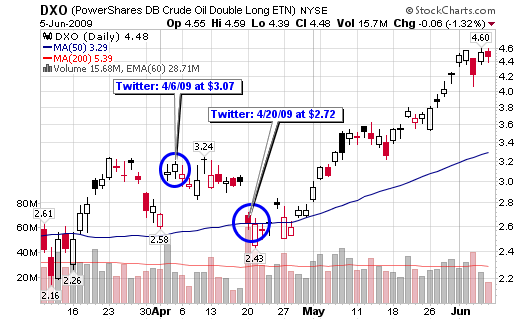
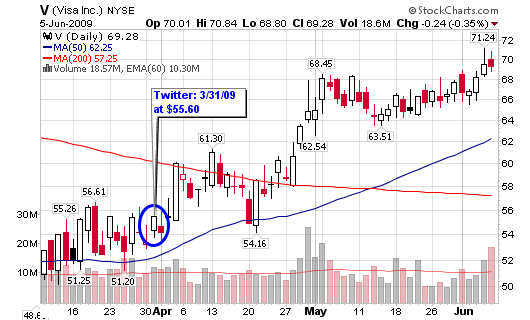
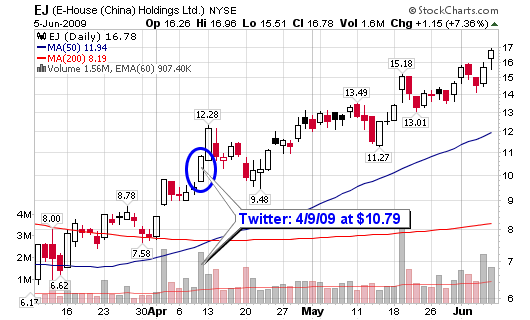
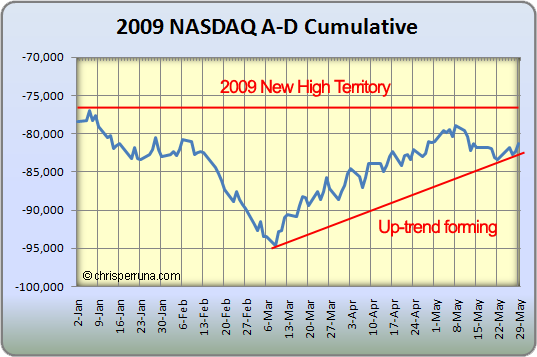
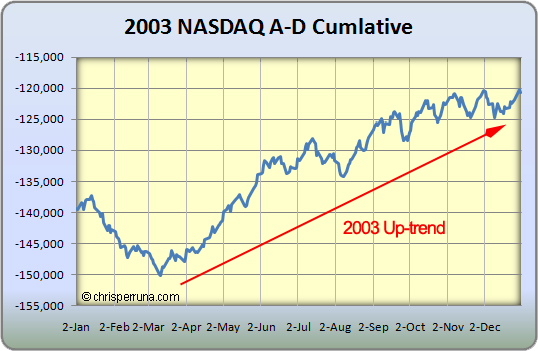
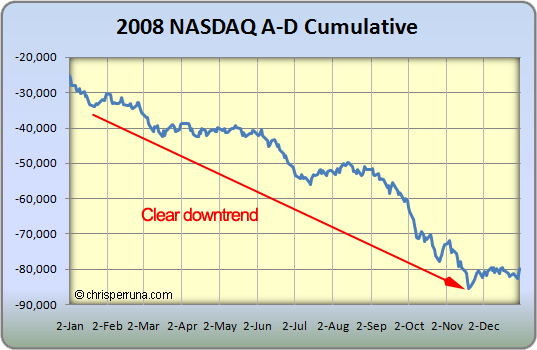




Connect with Me